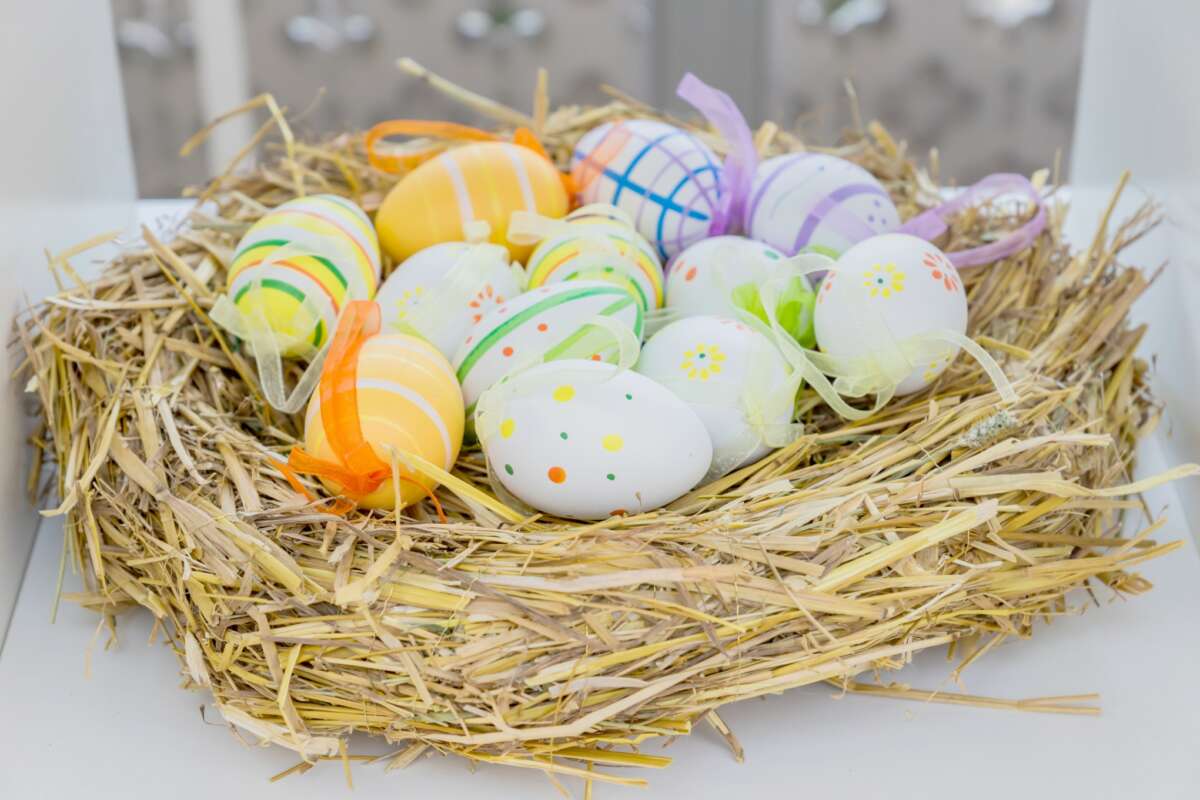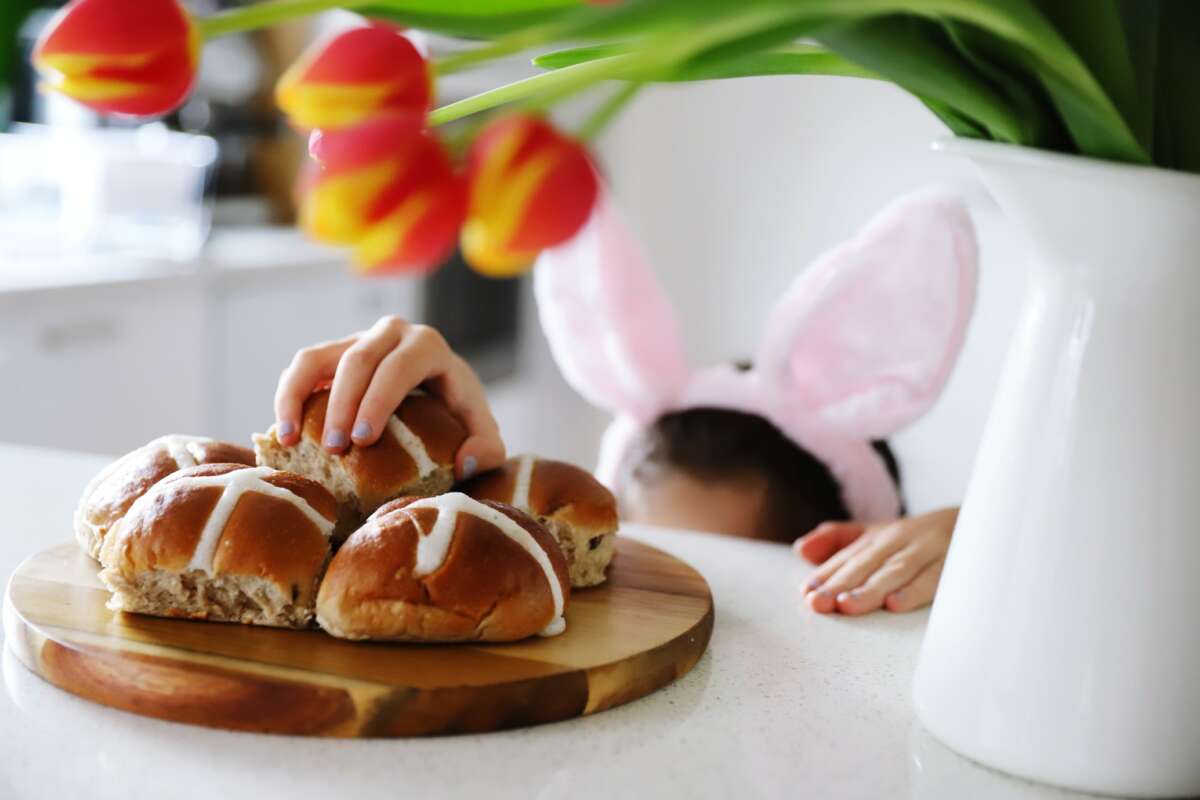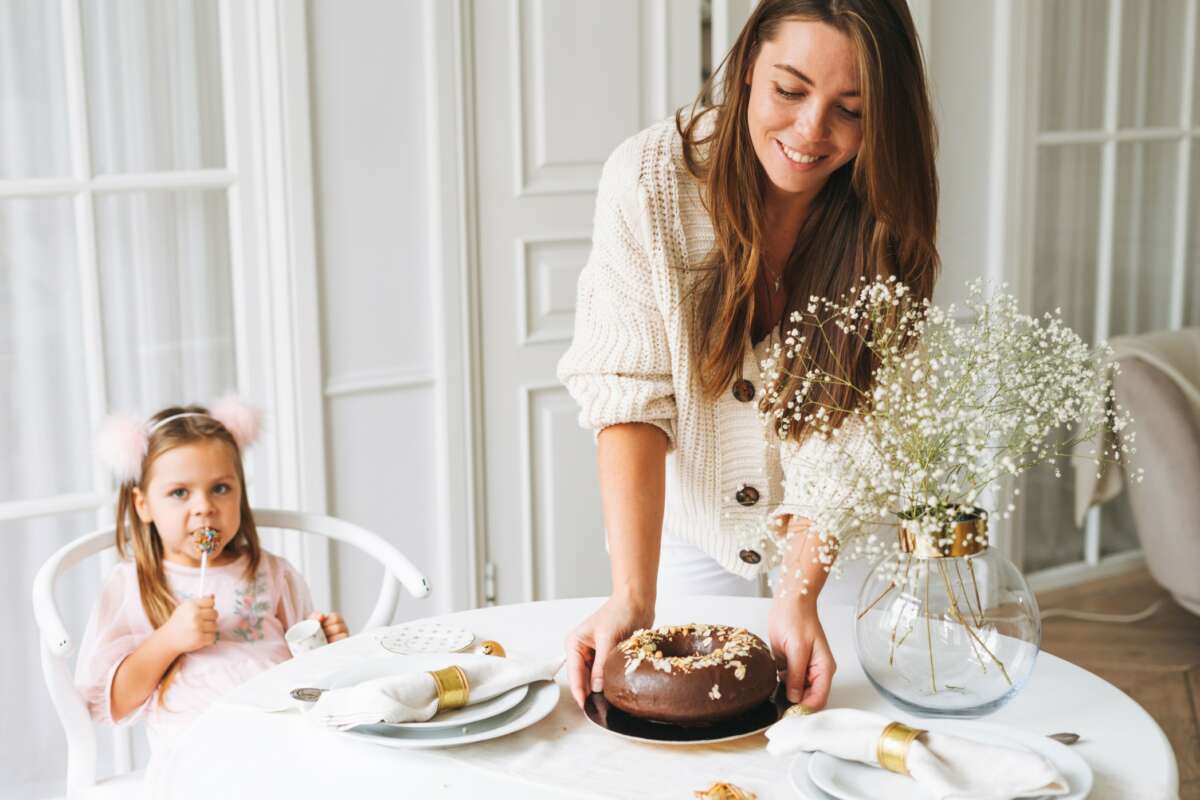First it was the screw top. Then the aluminum can. And now? The cardboard box. Is there nothing sacred about the containers that hold fine wine anymore? Here’s why fine wine in a box is the best solution when you’re looking for luxury on the go, with our take on the best brands to buy right now for summer 2021 adventures and entertaining.
wine in a box is a perfect portable luxury
There’s a paradox inherent in modern luxury: it’s both ethereal and deeply-rooted; authentic and elite; high and low; dandelion and chandelier.
Right now, Low is having a moment.
And so we see the elevation of the once-humble boxed wine into the luxury stratosphere: it’s not just for tailgating and camping any longer.
[white_box]Join our community
For access to insider ideas and information on the world of luxury, sign up for our Dandelion Chandelier newsletter. And see luxury in a new light.
sign up now >
[/white_box]
wine in a box is not new
Boxed wine has been around since the 1960’s, and has primarily been marketed to those going camping, skiing, golfing, or cooking out. The name is a bit of a misnomer: wine in a box is actually wine-in-a bag-in-a-box – a vacuum-sealed plastic pouch in a cardboard box with a spigot. Boxed wine was traditionally positioned as an affordable, portable way to have wine in environments where glass is either forbidden or frowned upon, or where weight and size made a bottle of wine impractical or impossible to carry.
Fast forward, and today there is boxed wine everywhere, and at an increasingly wide range of price points and quality.
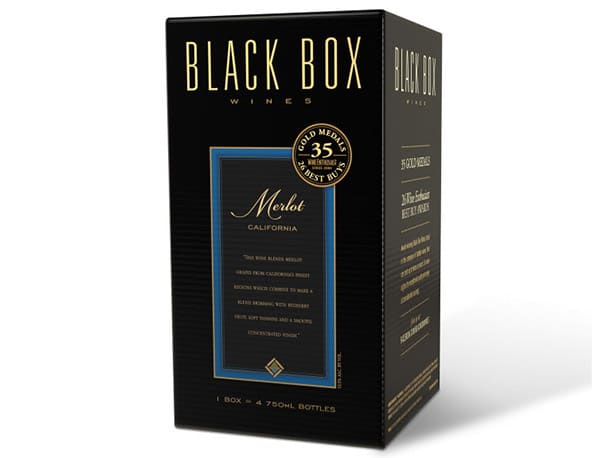
Black Box Merlot
what are the benefits of buying wine in a box?
To be sure, some boxed wines are still positioned as being ideal for the Great Outdoors. Some are touting their environmental benefits, with boxed wines generating 75% fewer greenhouse gas emissions to produce, ship and dispose of than glass bottles. Boxes generate 50% less waste than glass bottles, and because they’re made primarily from paper, they’re renewable and recyclable.
There’s also a price-value benefit to wine in a box: a 500-milliliter Tetra Pak, which is about the size of a juice box, is equivalent to three 5.6 ounce glasses of wine. At $4-7 per box, that’s a pretty accessible price point. The larger 3-liter boxes are just as affordable on a per-glass basis – most are in the $20 range, which is equivalent to a $5 bottle.
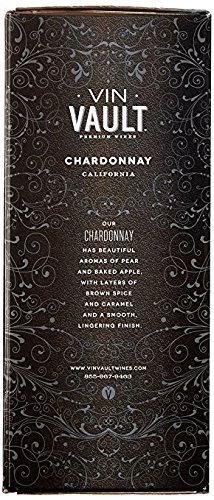
There’s also another, less obvious value driver for boxed wine: it stays fresh a lot longer than a stoppered bottle. Most of the brands claim that after opening, due to the vacuum-packing inside the box, the wine will remain drinkable for up to a month. Most consumers report that it’s more like 2-3 weeks, but still. That’s twice the usual time for a partially-consumed bottle, which means a lot less leftover wine goes to waste.
That’s all well and good, and there’s a clear market niche for these products just based on those attributes.
these brands of wine in a box are actually delicious!
But some in the boxed wine world are laying claim to a higher ground: that wine in a box actually tastes the way a fine wine should.
Seriously?
In our limited experience, in the past boxed wine has tasted either way too sweet or way too watery. Something that would do in an emergency, or at a party where taste is not the point. But our oenophile friends repeatedly informed us that there are a handful of boxed options in the premium wine market that are, well . . . premium. They’re almost always either rosés or reds, and there are more and more from which to choose.
On a recent visit to Seattle, we stopped by our friends’ favorite local wine shop, the Pike and Western Wine Shop at Pike Place Market. Our pals are California natives and sophisticated global travelers who know what they’re drinking, and their wine shop is equally refined (and French to boot).
If a wine in a box could pass their test, then it had to be the real deal.
expert recommendations on best luxury brands of wine in a box
We chatted with owner Michael Teer and his associate at the shop about their experiences to date with wine in a box (and in a can). They’ve tasted lots of them, but the shop carries only two wines in a box: a 2015 Campuget Costieres de Nimes Rosé from the Rhone Valley ($32.99 per box, the equivalent of $8.25 per bottle), a 70% Syrah 30% Grenache blend. And Vignes des Lumières 2017, a red Cotes du Rhone.
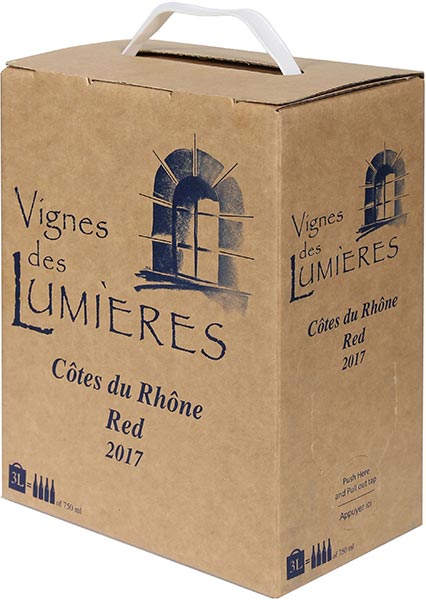
Vignes-des-Lumieres-Cotes-du-Rhone-rouge-2017
Wine Enthusiast, Wine Spectator and a number of other websites have published lists of the “top ten” or “best” boxed wines. Included on several lists are: Black Box Platinum Series Central Coast Cabernet Sauvignon and Chardonnay (owned by Constellation Brands); Lieb Cellars’ Bridge Lane Rose; La Nevera Seleccion Especial Rosado, a Spanish rose; Wine Cube Pinot Noir 2016 (available exclusively at Target); Vin Vault Cabernet Sauvignon and Chardonnay; Jenny & Francois Selections From the Tank Rouge Cotes du Rhone; and Le Petite Frog Picpoul de Pinet (a citrusy white wine from the Languedoc region in Southern France).
The good news is that some of the wines rated as the best-tasting also come in packaging that’s party-ready, so if you choose to serve it at your next party, your guests won’t be puzzled when you start to pour (we’re looking at you, adorable Bridge Lane boxes).
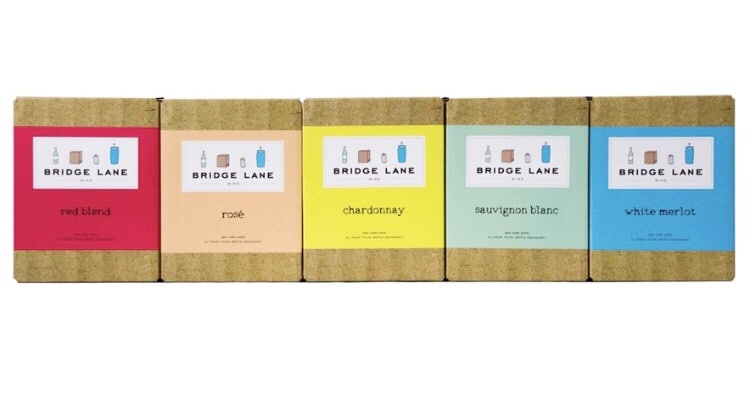
Bridge Lane Wines
We’ve sampled the Black Box Cabernet on multiple occasions (purely in the interest of research, of course), and we can report that it’s quite tasty. And in certain states, like Vermont and South Carolina, its available 24/7 at local drug stores and supermarkets. Probably best that you don’t learn why we happen to know this.
why now is the time to sample luxury wine in a box
The cardboard box does have its limitations: truly great wine can’t age in a box – the best wines need to age in a bottle. But you might want to give one or more of these a try when you’re in the mood for something that might not blow the roof off, but that will be really good.
Premium wine in a box is trending at a fancy wine shop (or a fancy party) near you. Are you in on this, dear reader?
join our community
For access to insider ideas and information on the world of luxury, sign up for our Dandelion Chandelier Newsletter here. And see luxury in a new light.





